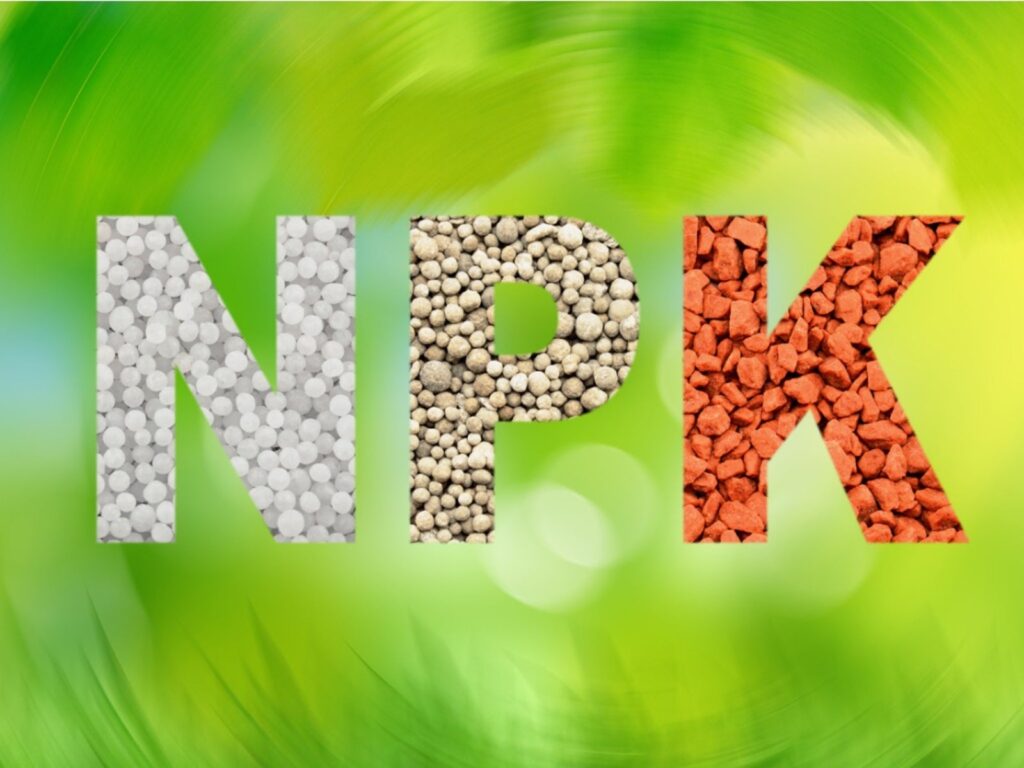From Soil to Bloom: Understanding NPK for Thriving Gardens

Understanding plant nutrition is essential for every gardener aiming to grow healthy, productive plants. One of the most critical aspects of this knowledge revolves around plant food – the trio of essential nutrients that appear on almost every fertilizer label. These three letters stand for nitrogen (N), phosphorus (P), and potassium (K), each of which plays a unique and vital role in plant development. This article explores the importance of NPK, how it affects plant growth, how to choose the right ratio, and practical tips for home gardeners.
What is NPK and Why is it Important?
NPK represents the three primary nutrients that plants need in relatively large quantities. These nutrients are crucial for various physiological processes within the plant. While other macro and micronutrients are also important, nitrogen, phosphorus, and potassium are the foundation of plant nutrition. The ratio in which these elements appear on fertilizer packaging (e.g., 10-10-10) indicates the percentage by weight of each nutrient in the mix.
Nitrogen is primarily responsible for leafy growth. It is a key component of chlorophyll, the pigment that allows plants to convert sunlight into energy through photosynthesis. A nitrogen-rich fertilizer encourages lush, green foliage, which is especially beneficial for leafy vegetables and lawns.
Phosphorus supports strong root development, flower formation, and fruit production. It plays a major role in energy transfer within the plant and is vital for the establishment of young plants. A phosphorus-deficient plant may show stunted growth and poor flowering.
Potassium helps improve overall plant health. It strengthens cell walls, increases disease resistance, and enhances water uptake and enzyme activity. Potassium also improves the quality of fruits and flowers, making it an essential nutrient during the flowering and fruiting stages.
Understanding Fertilizer Labels and Ratios
Every gardener should know how to read and interpret fertilizer labels. The three numbers on a fertilizer bag represent the percentages of nitrogen, phosphorus, and potassium. For example, a 20-10-10 fertilizer contains 20% nitrogen, 10% phosphorus, and 10% potassium.
Different plants require different nutrient ratios depending on their stage of growth and specific needs. For instance, leafy greens like spinach or lettuce thrive on high-nitrogen fertilizers, while tomatoes and flowering plants benefit more from a fertilizer with higher phosphorus and potassium levels.
It’s essential to match the NPK ratio to your plant’s requirements. Using the wrong ratio can lead to poor growth or even plant damage. Overuse of nitrogen can cause excessive foliage at the expense of flowers and fruits. Similarly, too much phosphorus can lead to nutrient lockout, preventing plants from absorbing other essential elements.
Soil Testing and Nutrient Balance
Before applying any fertilizer, testing your soil is a smart move. Soil tests reveal the existing nutrient levels, pH balance, and organic matter content. This information helps you choose the correct fertilizer and avoid over-fertilization, which can lead to environmental issues like nutrient runoff and groundwater pollution.
Balanced plant nutrition means that all essential nutrients are available in the right proportions. Deficiencies or excesses can both harm plant health. For example, too much nitrogen may encourage pest problems, while too little potassium can make plants more susceptible to drought.
Amending soil based on test results ensures that you’re not blindly applying NPK. It also allows you to adjust pH levels and add other necessary elements such as calcium, magnesium, or sulfur if needed.
Organic vs Synthetic Fertilizers
NPK values can come from either organic or synthetic sources. Organic fertilizers are made from natural materials such as compost, bone meal, fish emulsion, and manure. These fertilizers release nutrients slowly, improve soil structure, and encourage microbial activity. However, their nutrient ratios are usually lower and less precise than synthetic alternatives.
Synthetic fertilizers, on the other hand, are manufactured using chemical processes. They provide immediate nutrient availability and come with precise NPK ratios tailored to different plant needs. While they deliver quick results, they do not improve soil structure and may lead to salt buildup over time if not managed properly.
Both types have their pros and cons, and the choice often depends on the gardener’s goals, budget, and gardening philosophy. Many gardeners find success using a combination of both to meet their plant nutrition goals while maintaining soil health.
Choosing the Right NPK for Different Plant Types
Different plant groups have varying nutrient needs. Understanding these requirements helps you select the right NPK fertilizer for each situation.
For lawns and leafy vegetables, a high-nitrogen fertilizer such as 30-10-10 promotes vigorous leaf and stem growth. These plants do not require heavy flowering or fruiting, so nitrogen takes precedence.
For flowering plants like roses, petunias, and marigolds, a balanced or bloom-boosting formula such as 10-30-20 works well. These fertilizers enhance flower production and color by supplying more phosphorus and potassium.
For fruiting vegetables such as tomatoes, peppers, and cucumbers, a fertilizer with more phosphorus and potassium than nitrogen is ideal. Something like 5-10-10 encourages fruit development without excessive foliage.
Houseplants usually do well with a balanced fertilizer, such as 20-20-20, applied at half-strength to avoid fertilizer burn. Indoor plants have different light and water conditions, so their NPK needs are lower.
Application Tips and Best Practices
Applying NPK fertilizers correctly is just as important as choosing the right one. Follow these best practices for effective and safe fertilization.
Always follow the recommended dosage on the fertilizer label. Over-fertilizing can burn plant roots, stress the plant, and cause imbalanced growth.
Water the soil before and after applying fertilizer. This helps the nutrients reach the root zone and prevents salt accumulation on the soil surface.
Use slow-release fertilizers for long-term feeding. These are especially useful for busy gardeners and reduce the risk of over-fertilization.
Apply fertilizers during the active growing season. Most plants benefit from feeding in spring and summer when they are actively producing leaves, flowers, or fruits.
Store fertilizers properly in a cool, dry place, away from children and pets. Moisture can cause clumping and reduce the effectiveness of the nutrients.
Common NPK Problems and How to Fix Them
Yellowing leaves may indicate a nitrogen deficiency. This can be corrected by applying a nitrogen-rich fertilizer or organic amendment like composted manure.
Poor flowering and fruiting often point to low phosphorus levels. Bone meal or a fertilizer with a higher middle number can help.
Weak stems or leaf curling may result from a potassium shortage. Wood ash or a potassium-rich fertilizer like muriate of potash can restore balance.
If plants are lush but not flowering, reduce nitrogen input and increase phosphorus and potassium to shift growth focus from foliage to bloom.
Always observe your plants regularly. They are the best indicators of nutrient health and will show signs when something is off.


